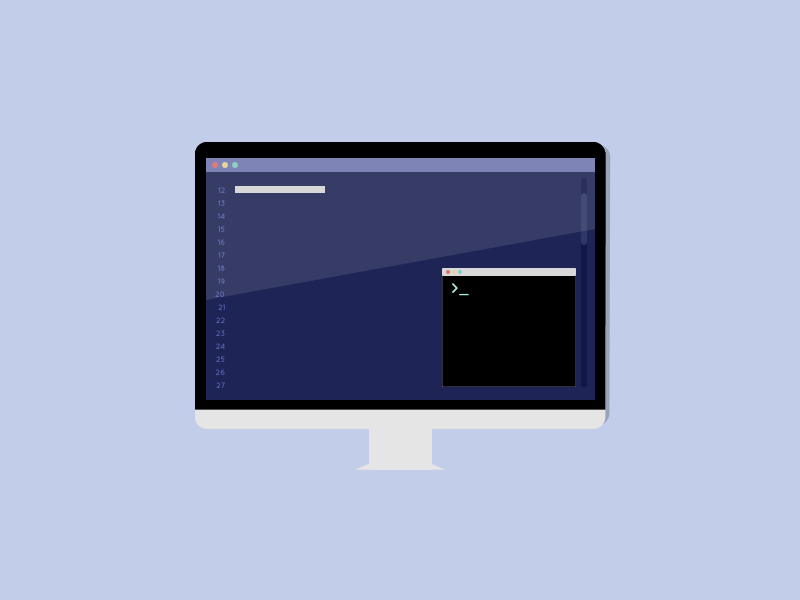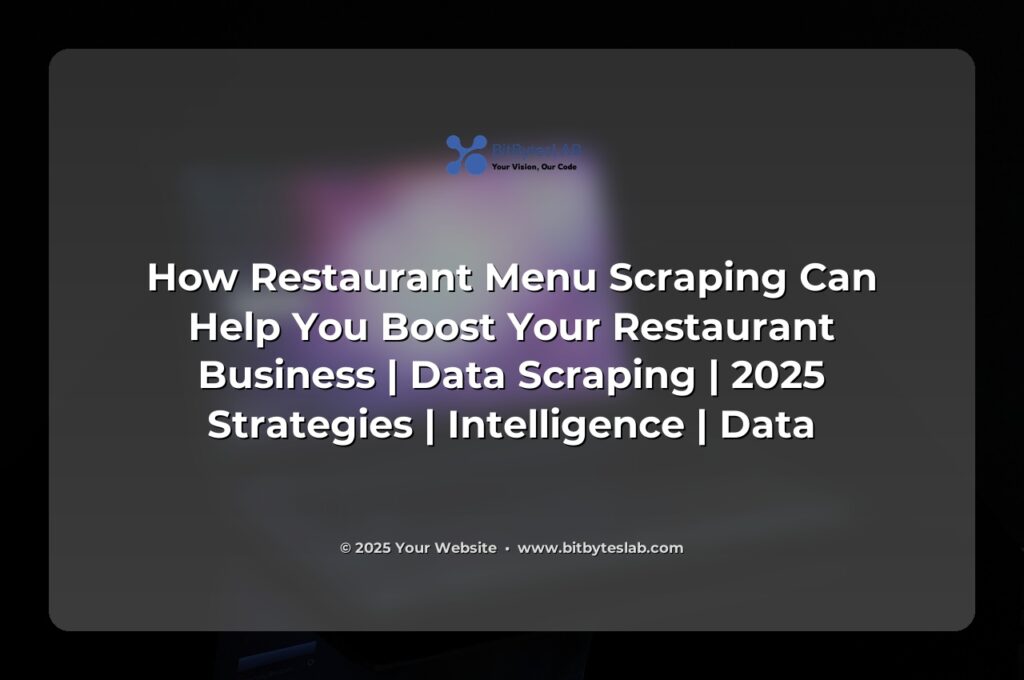Ever wonder why your competitors seem to know exactly when to tweak a price or launch a new dish? The secret sauce isn’t just culinary skill—it’s data. In 2025, 78 % of restaurants that actively track menu data see a 12 % lift in revenue, and 63 % report faster turnaround on inventory decisions. The magic lies in real‑time menu scraping: extracting, normalizing, and analyzing every dish, price, and allergen across the web.
Picture this: you’re opening a new location and you want to price a truffle pizza so it’s competitive yet profitable. Without up‑to‑date competitor insights, you risk setting the price too high and losing footfall or too low and eroding margin. That’s the core problem—restaurants today are drowning in a sea of unstructured menu data and missing a clear, actionable view of their market.
At the heart of menu scraping are three pillars: extraction, transformation, and intelligence. Extraction pulls raw data—dish names, prices, descriptions—regardless of whether the site uses static HTML or dynamic JavaScript. Transformation cleanss the messy raw strings into consistent formats: “$12.99” becomes 12.99, allergens are mapped to a controlled vocabulary, and duplicate entries are de‑duplicated. Intelligence feeds this processed data into dashboards that surface price gaps, margin hot spots, and potential menu gaps.
But it’s not just about pulling data; it’s about turning it into an operational advantage. Think of a dynamic pricing engine that recommends a 5 % bump on a high‑margin entrée when a competitor drops every other dish by 10 %. Or a recommendation system that surfaces “Chef’s Specials” to diners who historically order similar items, boosting upsell conversion rates by 18 %.
🚀 Why did the developer go broke? Because he used up all his cache! 💸

When you’re scraping at scale, speed and reliability become paramount. The best practice is to keep your crawler polite: respect robots.txt, implement a short, random pause between requests, and rotate user‑agents to mimic real browsers. Employing headless browsers like Chromium in asynchronous mode can fetch JavaScript‑heavy pages without breaking your server’s resource limits. And always store raw HTML snapshots—so if a parser breaks, you can debug offline without re‑firing requests.
Industry studies from the Culinary Analytics Institute show that restaurants that adopt automated menu intelligence cut menu redesign cycles from 6 months to just 2 weeks, enabling agile responses to seasonal trends and supply chain shocks. In markets where delivery platforms dominate, syncing your menu to third‑party feeds in near real time can reduce order errors by 35 % and improve customer satisfaction scores.
🔧 Why do Java developers wear glasses? Because they can’t C# 👓

Let’s talk ROI. A single well‑executed scraping project can deliver a 4‑5 % margin improvement within the first quarter, thanks to data‑driven pricing and menu optimization. When you layer that onto a 60 % reduction in manual data entry and a 50 % drop in inventory waste, the payback period drops to less than three months. And the intangible benefits—enhanced brand perception, stronger vendor negotiations, and a data‑centric culture—are priceless.
Common pitfalls? Websites change their layout nightly, and a brittle selector can break your entire pipeline. Use selector fallback trees and validate with unit tests. Over‑scraping triggers rate limits or bot blocks; stay under 1 request per second per IP and rotate through a residential proxy pool. Legal grey areas loom: always double‑check TOS and avoid copyrighted text or images; consider a permissions playbook for high‑value sites.
Looking ahead, 2025 is reshaping menu intelligence with LLM‑driven parsers that read raw HTML and spit out clean JSON, reducing the need for hand‑crafted selectors. Edge computing is making scraping faster, and privacy‑first scrapers are embedding GDPR compliance by default. Restaurants that invest now will own a “live menu feed” that powers AI‑powered recommendation engines, dynamic pricing, and even automated compliance alerts.
In short, menu scraping isn’t a tech trend—it’s a competitive imperative. Turn every dish into actionable insight, stay ahead of price wars, and give your kitchen a data‑driven advantage. For hands‑on help turning raw web data into a revenue‑boosting engine, reach out to BitBytesLab: your partner in next‑gen web scraping and data intelligence.





